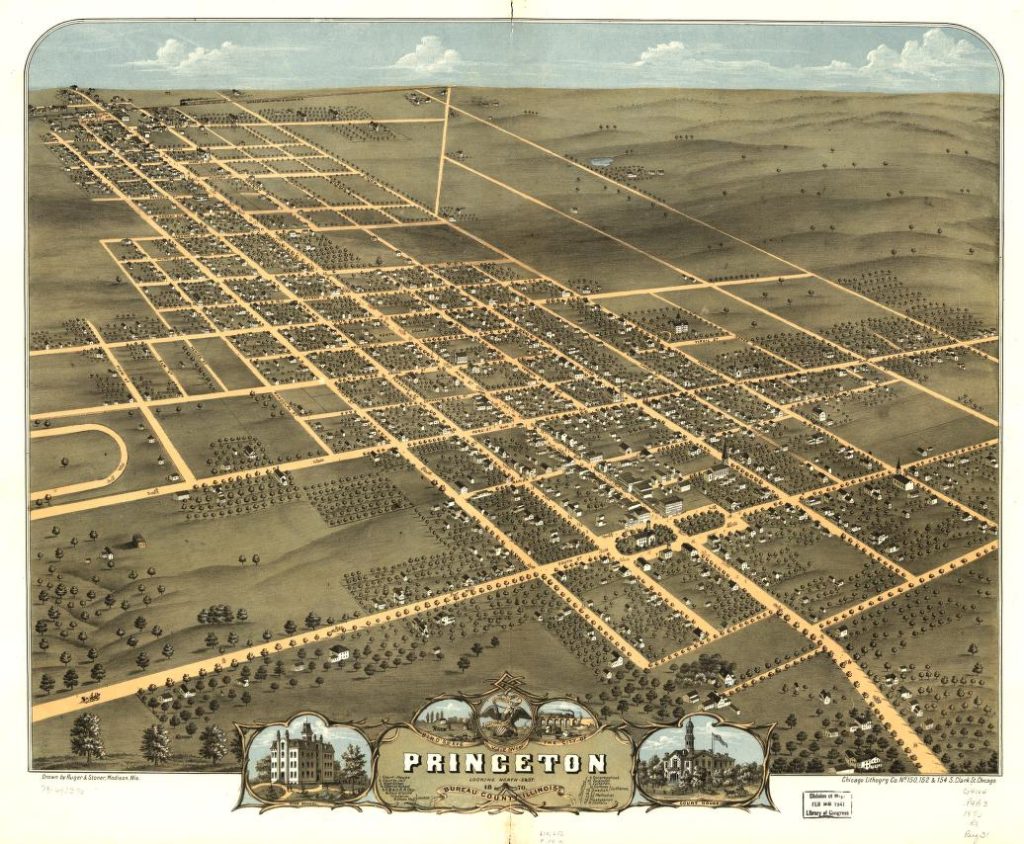Population-1815
Welcome back to Small Town Saturday! This week, we’ll be looking at Farmer City Illinois.
Farmer City, a small town in DeWitt County Illinois, had a complicated early life. The first town in the area was founded by a man by the name of Dennis Hurley, who arrived in 1830. He named the area “Hurley’s Grove,” though this name would not last long. Hurley would severely injure himself with the ramrod of his gun shortly after settling in the region. He was followed by Nathan Clearwater and Richard Kirby, with 9 families living in the area by 1835.

By 1837, 19 families lived in Hurley’s Grove.… Read More






